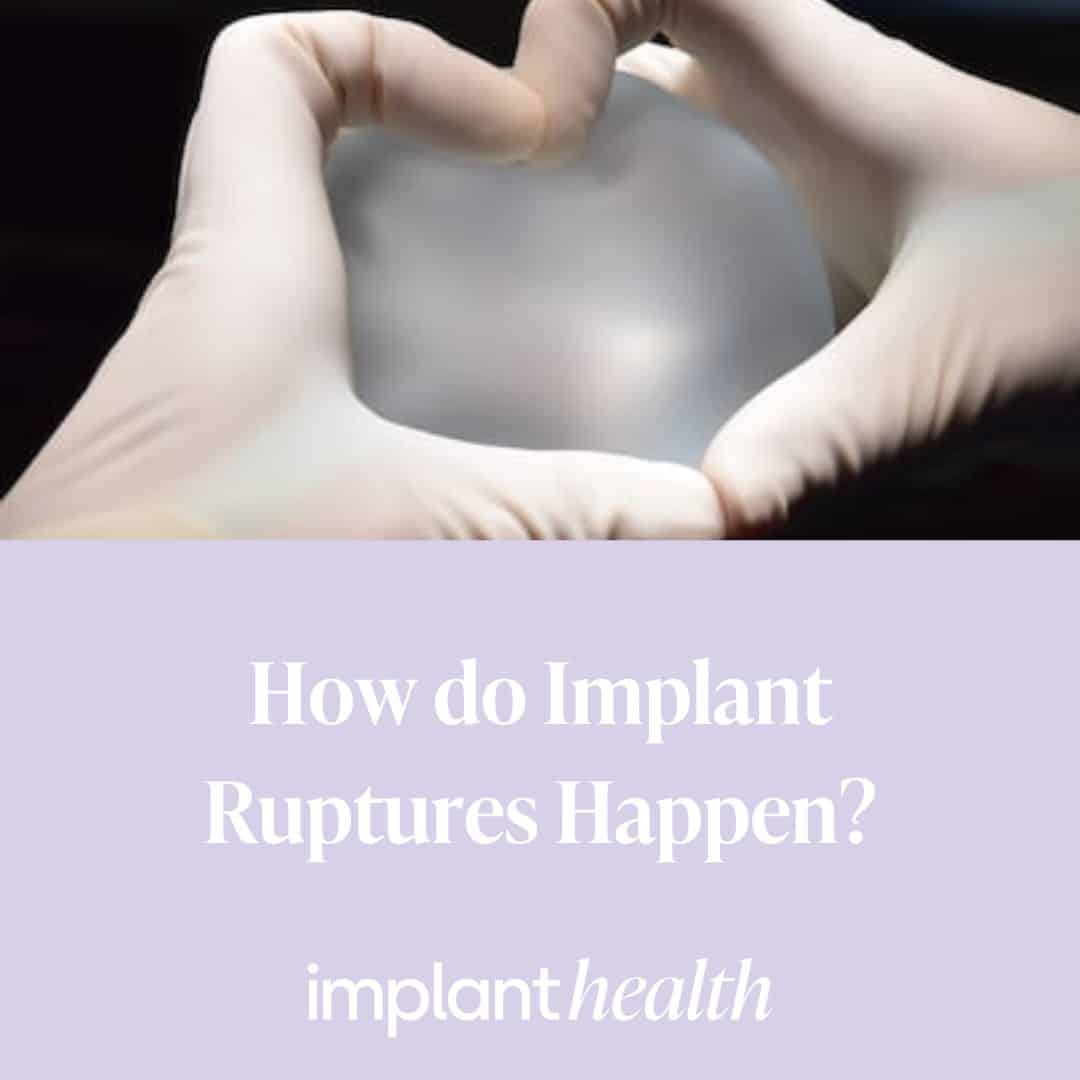Understanding Breast Implant Rupture

Breast augmentation has provided countless women with the opportunity to enhance their self-confidence and body image. While breast implants are generally durable, there is a possibility of rupture over time. Recognizing the signs of a potential rupture and taking prompt action is crucial for ensuring your health and well-being.
Common Causes and Types of Breast Rupture:
Breast implant rupture can occur due to various factors, including the age of the implant, trauma, or wear and tear. Ruptures can be categorized into two types:
Silent Rupture: This type of rupture occurs when the implant shell tears or develops a hole without causing noticeable symptoms. Silent ruptures can be challenging to detect without imaging techniques.
Symptomatic Rupture: In some cases, a rupture may cause visible changes or physical discomfort. The symptoms may be more apparent and prompt individuals to seek medical attention.
Signs and Symptoms of Rupture:
While some ruptures might not cause noticeable symptoms, there are signs to watch for that could indicate a potential issue:
Change in Breast Shape: A ruptured implant may cause a change in the shape, size, or symmetry of the breast.
Breast Pain or Discomfort: Some individuals may experience discomfort, pain, or tenderness in the breast or chest area.
Change in Texture: The breast may feel different to the touch, with uneven or lumpy areas.
Visible Rippling or Wrinkling: A rupture might lead to visible rippling or wrinkling of the breast implant.
Change in Breast Sensation: Altered sensation or numbness in the breast or nipple area may occur.
Taking Action and Seeking Medical Evaluation:
If you suspect that your breast implant has ruptured, it’s important to consult with a board-certified plastic surgeon or a medical professional with experience in breast implant evaluations. They will conduct a thorough physical examination and recommend further tests, which may include:
Imaging: Imaging techniques such as ultrasound, MRI, or mammogram can help visualize the condition of the implant and determine whether it has ruptured.
Exploratory Surgery: In some cases, surgical exploration may be necessary to confirm a rupture and remove the implant if needed.
Treatment Options:
The treatment for a ruptured breast implant depends on the type of rupture and the condition of the implant. If a silent rupture is detected, your surgeon will discuss whether implant removal or replacement is necessary. In the case of a symptomatic rupture, surgical intervention may be recommended to address any discomfort, restore the breast’s appearance, and replace the implant.
Conclusion:
Being vigilant about the signs of breast implant rupture is essential for maintaining your health and peace of mind. If you suspect a rupture, don’t delay seeking medical evaluation. Early detection and appropriate action can lead to timely intervention and ensure the best possible outcomes. Regular follow-ups with your plastic surgeon and open communication about any changes you notice will contribute to your ongoing well-being and satisfaction with your breast augmentation results.